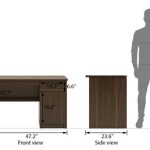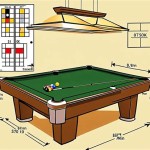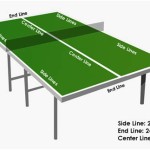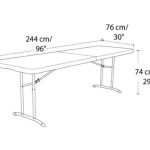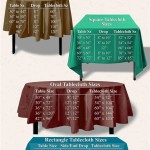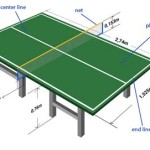Standard Size of Study Table
A study table is an essential piece of furniture for students, professionals, and anyone who requires a dedicated workspace. The size of a study table plays a crucial role in its functionality and comfort. Choosing the right size ensures adequate space for writing, reading, and using electronics, while also providing a comfortable posture and preventing eye strain. This article will delve into the standard size of study tables, explore the factors influencing its dimensions, and discuss the considerations for selecting the best size for your specific needs.
Standard Dimensions for Study Tables
The standard size of a study table is generally determined by its length, width, and height. While specific dimensions may vary slightly depending on the manufacturer and design, a common range is as follows:
- Length: 48-60 inches (122-152 cm)
- Width: 24-30 inches (61-76 cm)
- Height: 29-30 inches (74-76 cm)
These dimensions provide ample workspace for most individuals, allowing them to spread out their materials and work comfortably. The height is typically designed to promote good posture and reduce strain on the back, neck, and shoulders.
Factors Influencing Study Table Size
The ideal size of a study table is influenced by several factors, including:
- Personal Preferences: Individual preferences for workspace size and comfort play a significant role. Some individuals prefer a spacious table, while others prefer a more compact setup.
- Space Available: The available space in the study room or home office is a crucial consideration. A large table may not be suitable for small spaces, while a smaller table may not accommodate all necessary materials in a larger room.
- Usage and Activities: The intended use of the study table influences its size. If the table will primarily be used for writing and reading, a smaller size might be sufficient. However, if it will be used for laptops, electronics, or multiple tasks, a larger table is recommended.
- Number of Users: If the study table will be shared by multiple individuals, a larger table with sufficient space for each user is necessary. Alternatively, separate study desks can be considered.
Considerations for Selecting the Right Size
When selecting the size of a study table, consider the following factors:
- Adequate Workspace: Ensure that the table provides enough space for spreading out materials, writing, and using electronics comfortably. There should be sufficient clearance on all sides.
- Leg Room: Adequate legroom is essential for maintaining a comfortable posture and preventing discomfort.
- Storage Space: Consider the need for storage space for books, stationery, and other materials. Some study tables may have built-in drawers or shelves.
- Ergonomics: The height and design of the table should promote good posture and prevent strain on the back, neck, and shoulders. Consider adjustable height options.
By considering these factors, you can choose a study table that meets your individual needs and enhances your workspace productivity and comfort.

Graham Study Table Urban Ladder

Result For Executive Table Dimension Office Design Desk Dimensions Furniture Standard

Ct1337 Study Table Furniture Manila

Rectangular Standard Kids Wooden Study Table At Rs 2560 In Mumbai Id 24327147348
Standard Office Study Table Dimensions In Malaysia Which Desk Size Is Best For Your Workspace Cuura Space

Best Information About Chair Dimensions Engineering Discoveries Study Table Designs Simple Woodworking Plans

Wooden Study Table Mango Wood Buy Furniture Evolvekart

Study Table Studying Writing For Home Computer Offic Gkw Retail

Standard Sizes For Various Types Of Furniture Engineering Discoveries Kids Table And Chairs

Mobilya Düzenleme Çalışma Masaları

